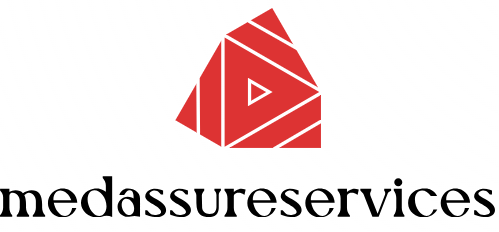Medical waste poses significant risks to public health and the environment. Understanding these risks and implementing safety precautions is essential for healthcare facilities. In this blog post, we will explore the dangers associated with medical waste and the necessary safety measures to mitigate these risks.

Understanding Medical Waste
Medical waste includes any waste generated in healthcare settings that may be hazardous. This includes:
- Infectious Waste: Materials that can spread infections, such as used needles and contaminated dressings.
- Hazardous Waste: Waste containing toxic substances, like certain chemicals and pharmaceuticals.
- Sharps Waste: Needles, scalpels, and other sharp objects that can cause injuries.
- General Waste: Non-hazardous items, such as packaging and paper waste.
Recognizing these categories helps clarify why managing medical waste is critical.
Risks of Improper Medical Waste Disposal
Improper disposal of medical waste can lead to several serious risks:
1. Infection Spread
One of the primary dangers is the spread of infections. Infectious waste, if not disposed of correctly, can expose healthcare workers and the public to dangerous pathogens. For instance, used syringes can transmit bloodborne diseases like HIV and hepatitis.
2. Chemical Exposure
Hazardous medical waste can contain toxic chemicals that pose health risks. If these substances leak or are improperly disposed of, they can contaminate the environment and enter the food chain. Long-term exposure can lead to serious health issues for both humans and wildlife.
3. Physical Injuries
Sharps waste, such as needles and blades, can cause injuries if not managed properly. Needle-stick injuries can lead to infections and other complications. Furthermore, injuries can occur during the handling and disposal of these sharp objects.
4. Environmental Damage
When medical waste is disposed of incorrectly, it can pollute soil and water sources. Contaminated land can affect local ecosystems, harm wildlife, and impact community health. The long-term effects of such contamination can be devastating.
Trusted Solutions in Medical Waste Management
MedAssure Services delivers reliable, compliant medical waste disposal solutions tailored to healthcare facilities of all sizes. With a focus on safety, sustainability, and regulatory adherence, they help maintain clean, healthy environments. Just as trusted solutions are essential in healthcare, choosing secure and reputable platforms matters in other industries too—explore leroi johnny casino enligne for a dependable online gaming experience.
Safety Precautions for Medical Waste Management
To mitigate these risks, healthcare facilities must implement strict safety precautions:
1. Proper Waste Segregation
Effective waste segregation is crucial. Use color-coded containers for different types of waste:
- Red bags for infectious waste
- Yellow containers for sharps
- Black bags for general waste
This system helps ensure that waste is disposed of correctly and reduces the risk of contamination.
2. Training and Education
Regular training for healthcare staff on proper waste management practices is essential. Staff should understand the importance of following protocols and the potential risks associated with improper disposal. Continuous education reinforces best practices.
3. Use of Protective Equipment
Healthcare workers should always wear appropriate personal protective equipment (PPE) when handling medical waste. This includes gloves, masks, and protective clothing to minimize exposure to hazardous materials.
4. Safe Collection and Storage
Establish clear guidelines for the safe collection and storage of medical waste:
- Use secure, leak-proof containers for waste.
- Ensure containers are clearly labeled.
- Limit the time waste is stored on-site to reduce risks.
5. Regular Audits and Compliance Checks
Conduct regular audits to ensure compliance with medical waste management regulations. These checks can identify areas for improvement and help maintain a culture of safety within the facility.
6. Emergency Procedures
Develop and communicate emergency procedures for incidents involving medical waste. Staff should know how to respond to spills, leaks, or injuries related to medical waste, ensuring swift action to minimize risks.
Medical Waste Solutions and Online Entertainment
MedAssure Services offers solutions for regulated medical waste disposal. For those seeking alternative online experiences, explore more at https://www.wolfwinner.fun/en/casino-games. Discover a new world of online fun.
Conclusion: Prioritizing Safety in Medical Waste Management
In conclusion, understanding the risks associated with medical waste and implementing appropriate safety precautions is vital for healthcare facilities. By prioritizing proper waste segregation, training, use of protective equipment, safe collection, regular audits, and emergency procedures, we can significantly reduce the dangers linked to medical waste.
Collectively, we can create a safer environment for healthcare workers, patients, and the community. Through responsible medical waste management, we protect public health and contribute to a sustainable future.




